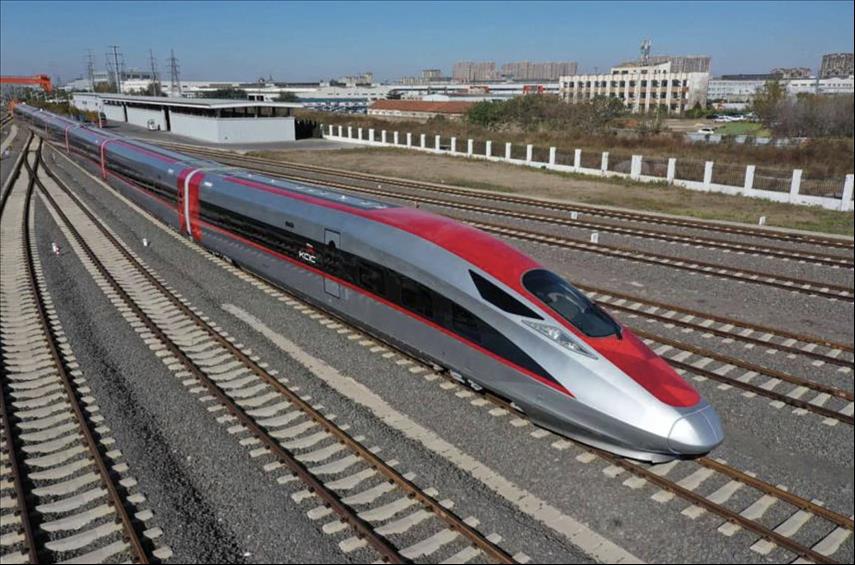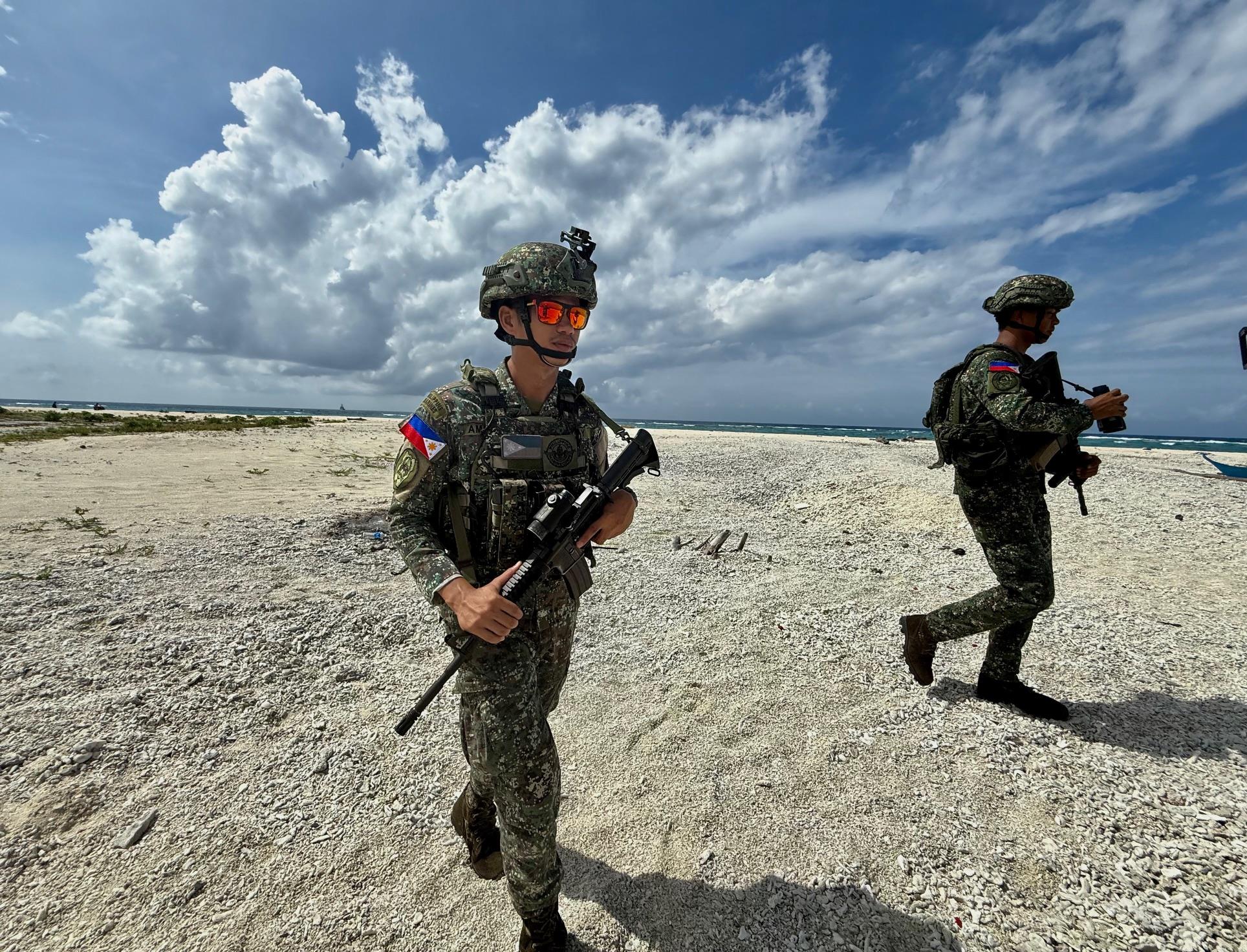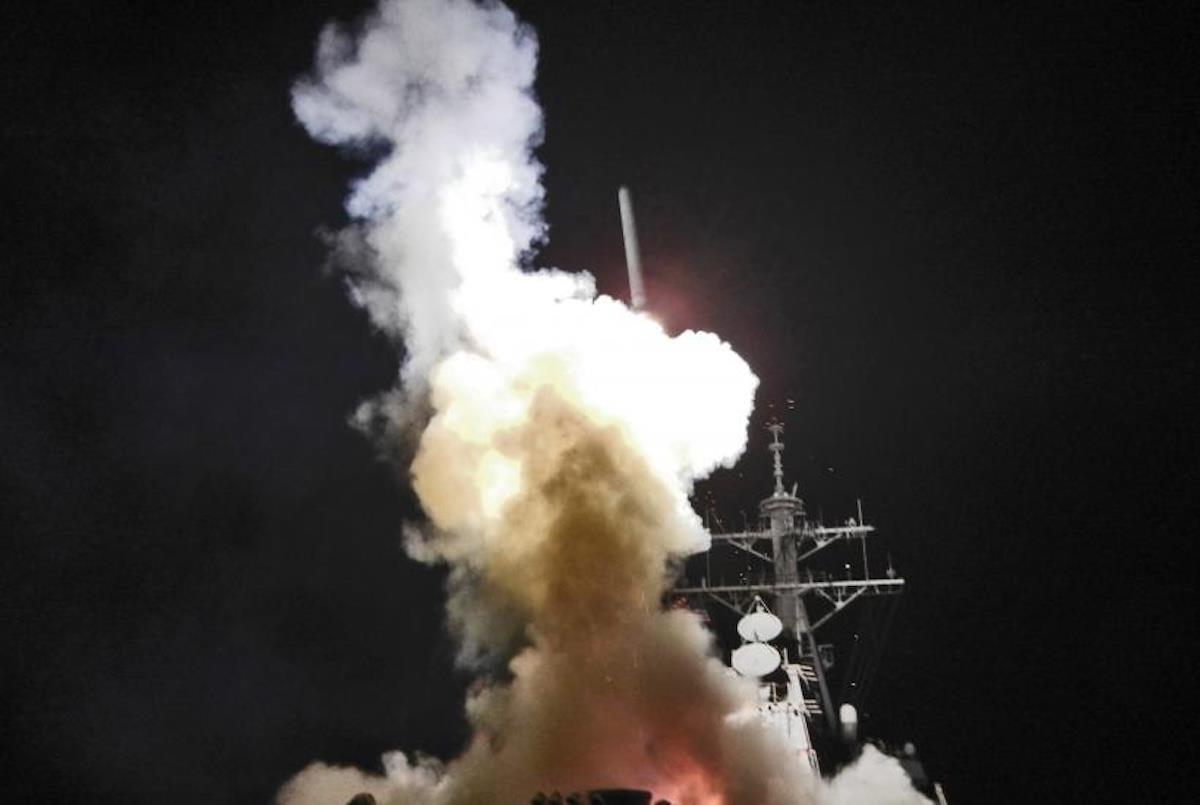
Indonesia's High-Speed Rail A Belt And Road Cautionary Tale
Yet one year later, the celebration has faded into a sobering reckoning. The project, once touted as fully commercial and self-financing, has turned into a financial quagmire. Its mounting debt, sluggish ridership and dependence on Chinese financing have forced the Indonesian government to deploy its newly created sovereign wealth agency, BPI Danantara , to renegotiate the project's debt with the China Development Bank (CDB).
What was meant to showcase Indonesia's modernization has instead exposed the danger and cost of its growing entanglement with China's Belt and Road Initiative.
The Whoosh project's numbers are stark. Initially budgeted at around US$6.07 billion, total costs ballooned to more than $7.3 billion due to land acquisition delays, technical complications and pandemic-related overruns. The project's operator, PT Kereta Cepat Indonesia China (KCIC), has reported massive losses , with state-owned shareholders forced to inject capital to keep it running.
Despite assurances that the project would be funded without sovereign guarantees, the Indonesian government now finds itself indirectly underwriting the costs. BPI Danantara's intervention is an admission that the line is not commercially viable under its current structure. The agency's task, renegotiating loan terms and restructuring repayment schedules, is as much about fiscal rescue as it is about face-saving.
But the Whoosh crisis is more than a story of cost overruns; it is a reflection of how deeply China's economic influence spread into Indonesia's infrastructure and industrial policy during Joko Widodo's decade in power.
Widodo, also known as Jokowi, pursued a grand vision of“building from the periphery,” pouring resources into toll roads, ports, power plants and industrial zones. China, through the BRI, became the natural partner for this ambition. But what began as pragmatic cooperation soon evolved into structural dependence.
The Jakarta–Bandung Whoosh was among the first and most visible BRI projects in Indonesia, but it was far from the only one. Chinese financing and companies now dominate a wide array of sectors, from nickel smelters in Sulawesi and industrial zones in Morowali and Weda Bay, to coal-fired power plants, hydropower dams and strategic toll roads across Java and Sumatra. Beijing's footprint in Indonesia's economy has grown to a scale unmatched by any other foreign partner.

Legal Disclaimer:
MENAFN provides the
information “as is” without warranty of any kind. We do not accept
any responsibility or liability for the accuracy, content, images,
videos, licenses, completeness, legality, or reliability of the information
contained in this article. If you have any complaints or copyright
issues related to this article, kindly contact the provider above.






















Comments
No comment